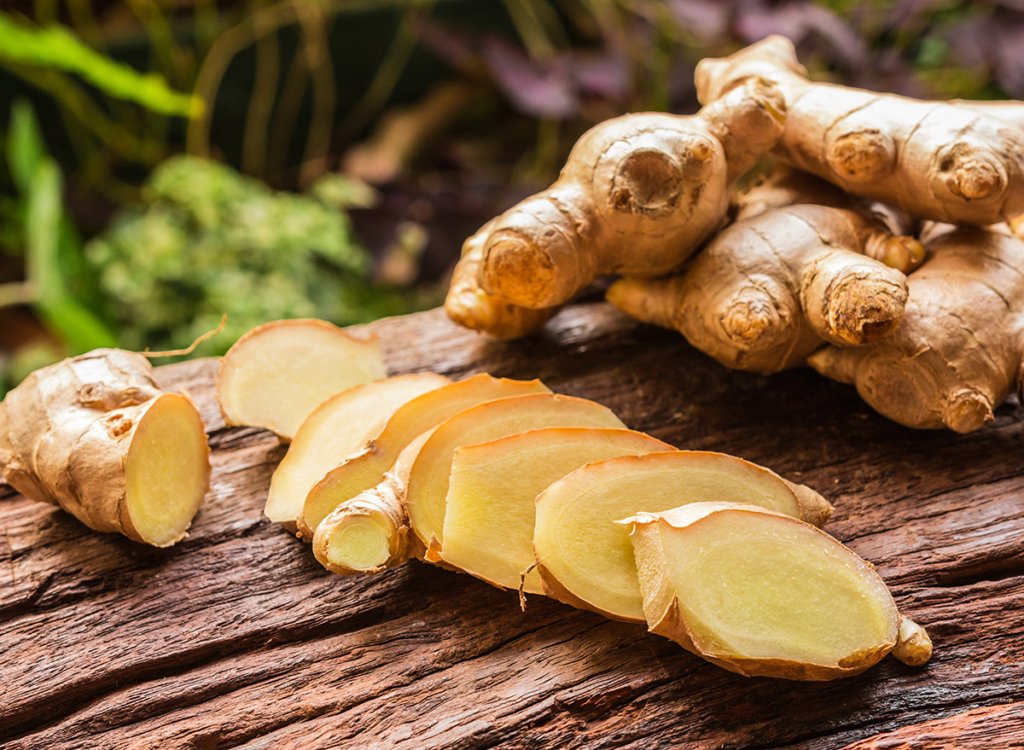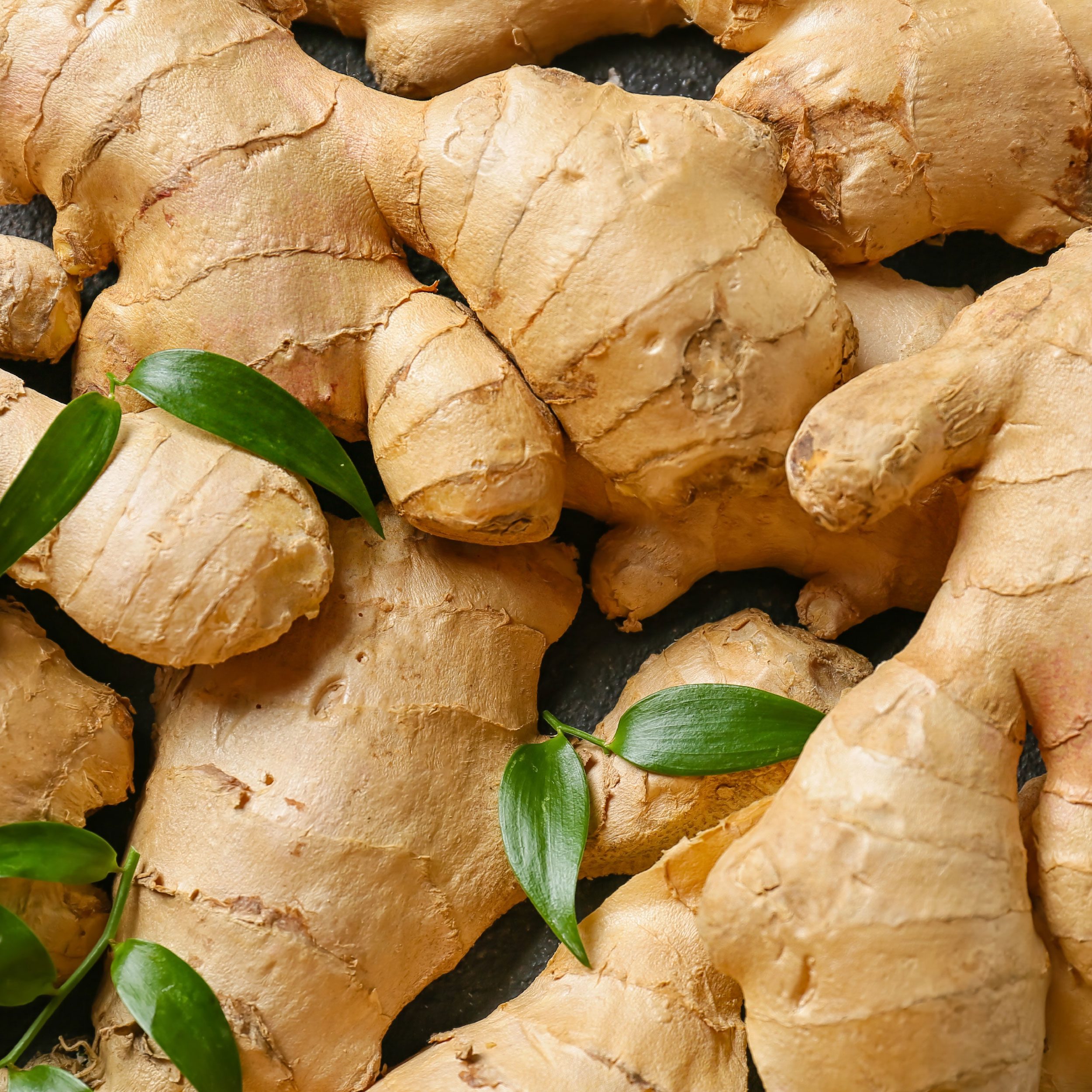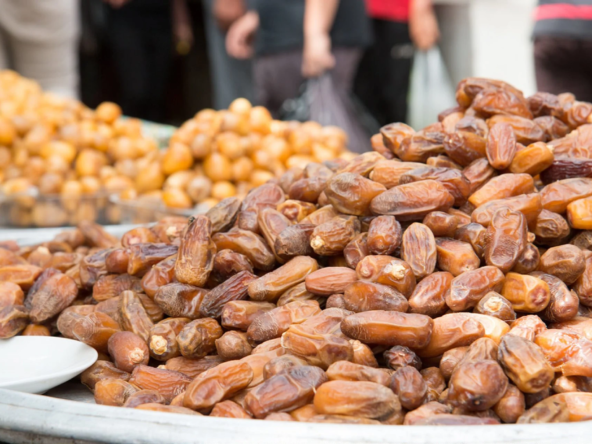Ginger, known scientifically as Zingiber officinale, is a flowering plant whose rhizome, or root, has been used for centuries both in cuisine and as a traditional medicine. This versatile plant offers a wide variety of forms and types, each with its unique characteristics and uses. In this article, we’ll explore the different forms of ginger available in culinary and medicinal contexts, delve into the various types of ginger plants, and discuss the broad spectrum of benefits associated with this remarkable spice.
Forms of Ginger
Fresh Ginger
Fresh ginger root is the most commonly used form of ginger. It is harvested from the ginger plant when the plant reaches maturity. The skin of fresh ginger is thin, and the flesh can range from pale yellow to white or pink, depending on the variety. It has a pungent, spicy flavor that is slightly sweet. Fresh ginger is widely used in cooking for making sauces, marinades, and to spice up dishes in Asian, Indian, and Caribbean cuisines.
Dried Ginger
Dried ginger is made by peeling and sun-drying the fresh ginger roots. Once dried, ginger can be ground into a powder, which is commonly used as a spice in cooking and baking. Dried ginger powder has a more concentrated flavor than fresh ginger and is often used in the preparation of spice blends such as curry powder and masala mixes.
Pickled Ginger
Pickled ginger, often called “gari” in Japanese, is thinly sliced fresh ginger that has been marinated in a solution of sugar and vinegar. This form of ginger is typically served as a palate cleanser with sushi. It has a sweet, tangy taste and is usually dyed pink naturally from the addition of red shiso leaves during the pickling process.
Crystallized Ginger
Crystallized ginger, also known as candied ginger, is fresh ginger that has been cooked in sugar syrup and coated with granulated sugar. It is sweet with a spicy kick and is often used in baking or consumed as a sweet treat. Crystallized ginger is also popularly used as a digestive aid.
Ginger Oil
Ginger oil is extracted from the ginger root through steam distillation. It is commonly used in aromatherapy and as a flavoring agent in food. The oil carries intense notes of the characteristic ginger aroma and is believed to have anti-inflammatory and digestive properties.
Ginger Tea
Ginger tea is made by steeping sliced, grated, or powdered ginger in hot water. It is a popular herbal tea known for its potential health benefits, including soothing upset stomachs, easing nausea, and reducing inflammation.

Types of Ginger Plants
While Zingiber officinale is the most commonly known and cultivated species of ginger, there are other species in the ginger family (Zingiberaceae) that are also noteworthy.
Galangal (Alpinia galanga)
Often used in Southeast Asian cuisine, galangal is closely related to ginger and resembles it in appearance and flavor, though it tends to be sharper and more citrusy. It is primarily used in Thai, Indonesian, and Malaysian dishes.
Turmeric (Curcuma longa)
Turmeric is a member of the ginger family known for its deep golden-yellow color, which is due to the presence of curcumin. It is used as a spice, dye, and herbal remedy.
Myoga Ginger (Zingiber mioga)
Myoga ginger is cultivated for its edible flower buds and flavorful shoots rather than its roots. It is used primarily in Japanese and Korean cuisines.
Fingerroot (Boesenbergia rotunda)
Also known as Chinese ginger or Thai ginger, fingerroot is used in Southeast Asian cooking. It has a unique flavor that is milder than that of common ginger but distinctive enough to stand out in complex dishes.
Health Benefits of Ginger
Ginger is renowned for its health benefits, which include:
- Digestive Health: Ginger can help alleviate symptoms of gastrointestinal distress, promote the elimination of intestinal gas, and soothe the intestinal tract.
- Anti-inflammatory Properties: The compounds in ginger, such as gingerols, have potent anti-inflammatory properties, which can help manage conditions like osteoarthritis.
- Nausea Relief: Ginger is effective in reducing nausea caused by seasickness, morning sickness, and chemotherapy.
- Cardiovascular Health: Ginger’s anti-inflammatory and antioxidant properties may also help prevent cardiovascular diseases by reducing lipid levels and preventing blood clots.
Conclusion
From its use in ancient medicine to modern-day kitchens and wellness practices, ginger continues to be a valuable and versatile plant. Its various forms cater to different uses and preferences, from the sharp tang of fresh ginger in a stir-fry to the soothing warmth of ginger tea. Moreover, the diversity within the ginger family adds depth to our understanding of this plant’s role in culinary and medicinal contexts. Whether used for its flavor, its health benefits, or both, ginger remains a globally cherished spice.
Ajigofarms is a reliable global agricultural purchase sourcing with profound expertise in the manufacturing, and exportation of food crops. We are tested, and trusted suppliers of all kinds of cash crops and food crops. Our constant supply chain solution makes exporting easy, quick, and safe, we are identified with timeliness and meeting up with deadlines. Regardless of the region you are located in worldwide, you can reliably order your Agric products and be rest assured of successful delivery.




